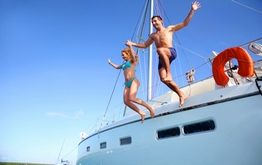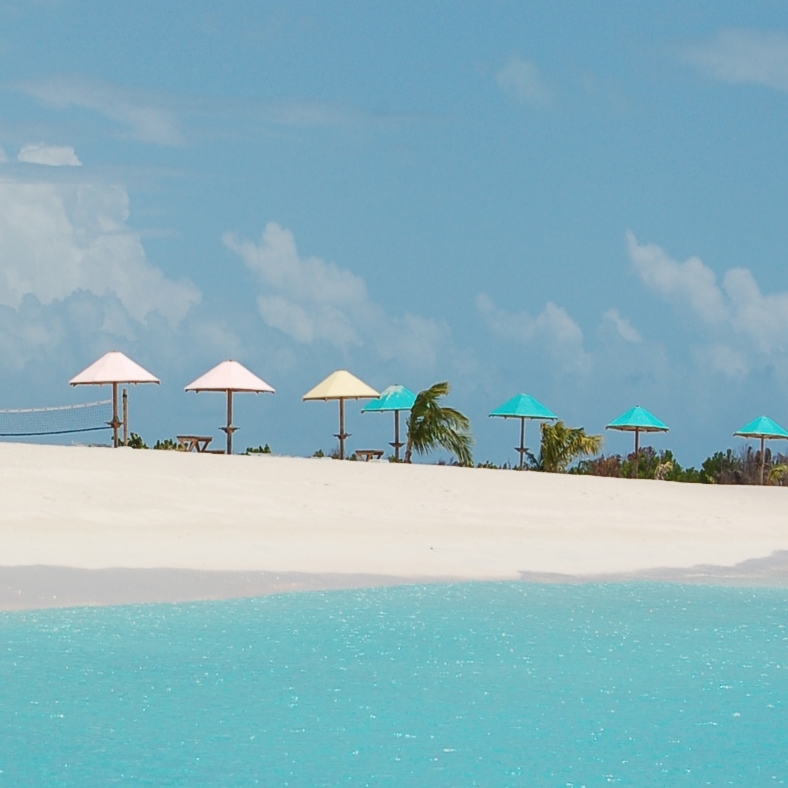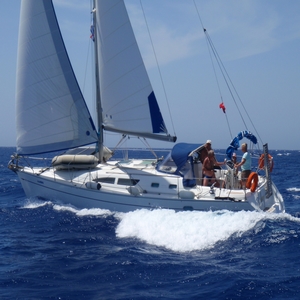Check in and check at the base
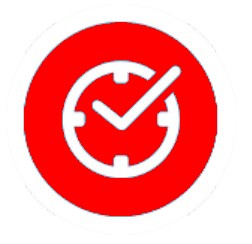 |
 |
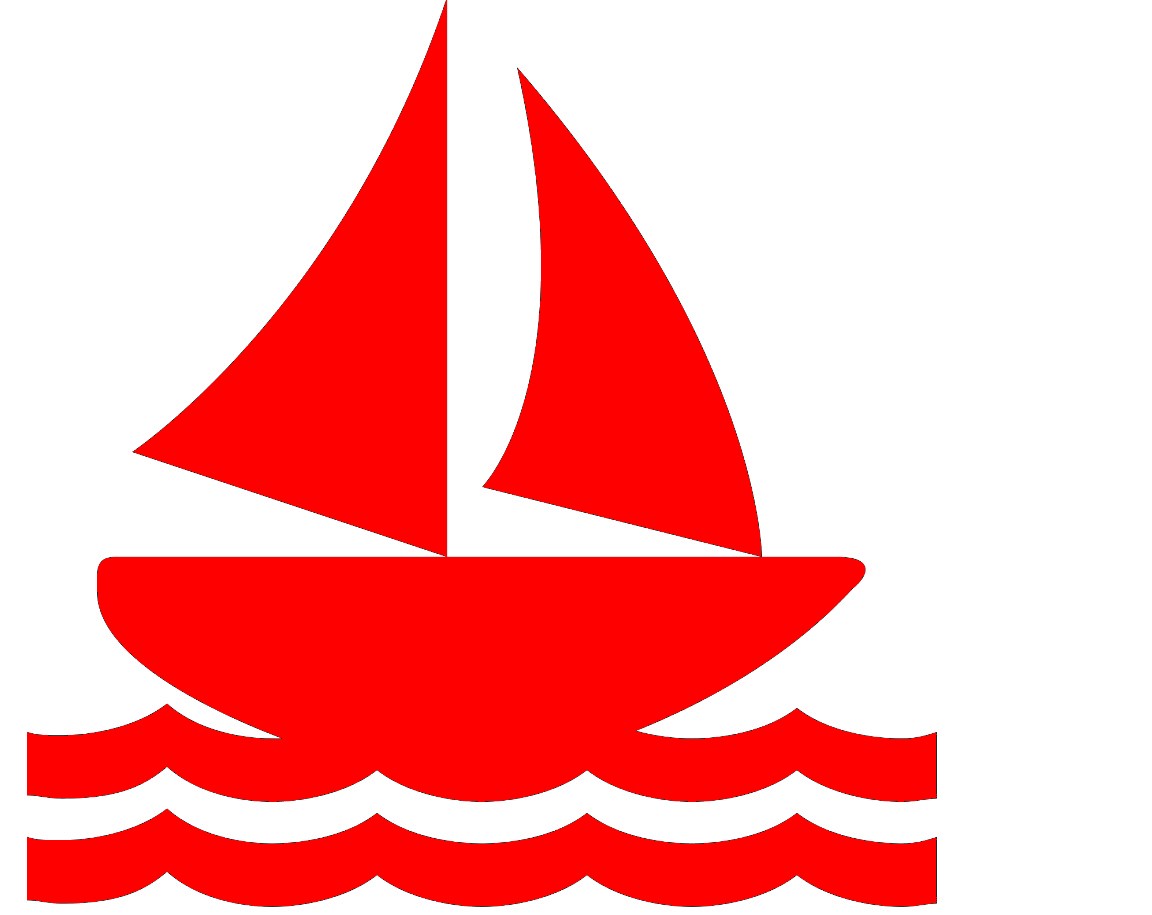 |
| Realtime Availibility |
Personally verified yachts |
Many summer and winter destinations |
You have rented a sailing yacht and want to know what is expected of you when you arrive at the base.
We have inventarised a number of important things for you so that you can prepare.
CHECK IN
Upon arrival at the base, you must first go through an inventorylist to check if the yacht is complete.
Really look at everything, check the condition of the sails (take the sails out or hoist them to see if there are tears) note damage to the yacht on the check in form so that when you return the yacht there is no discussion who the damage has made.
The inventory is more than just counting the plates and knives etc. With the signing of the inventory list, you accept the yacht in its current condition.
When you agree the deposit (or if possible a damage waiver) should be arranged and the ship‘s papers are handed out to you.
Always ask for the emergency phone number of the charter company – when you have problems along the way the charter company can be called to organise help as soon as possible, normally the next morning.
Then you get a technical instruction of the charter company, this is to give an explanation and demonstration of equipment, engine, anchor winch etc.
SHIP DOCUMENTS
The boat papers are normally organised in a binder.
All required certificates (VHF, securance, fire extinguishers, warranties, maintenance etc etc) as well as the crew list contained herein
In particular check whether the crew list is complete and fully present because you will need this when the coastcard comes to visit you.
POINTS OF ATTENTION CHECK IN
Depending on the time of arrival, you may be tired of traveling. Please allow approximately one hour to go through the checklist. If possible others already can organise the provisioning.
Advice: Be well informed where you can find everything, how it works and where to find any spare parts. Do not hesitate to ask for another time – it is better to ask twice than to forget everything. The instruction will be done in English language.
Below are some points for check in:
Deck – note damages – especially look at anchor, gunwale, hull (stern and bow at anchor).
Windlass – let them explain how to operate and check if the remote control is working. DO NOT SIMPLY ENTER WITH HANDS OR BARE FEET IN THE ANCHOR LOCKER WHEN USING THE WINDLASS
If the anchor is falling free, let it just go.
Also make sure the engine is running while anchoring so that there is sufficient power.
Ask where to find the trip switch or fuse for the windlass and any spare parts.
Standing rigging – Slack or tight, check locking pins (safety pins)
Running rigging – all stoppers are functioning– check which lines to use for controlling the sails and know where to find them blindly.
Rudder – is straightforward marked – how many turns from one side to the other
– where to find the emergency tiller – does it fit? Check with the base manager.
Interior – kit complete – all lights working – all navigation equipment, maps and books on board.
Is the refrigerator cold and running, where are the bilges, bilgefilter and waterpump, what capacity have the watertanks – where to find the filling points
– do you need to switch between the tanks and where to find the switch. Toilets are working? Is there a
separate pump for drainage inside shower?
Switchboard – All buttons clear – where is the fuse for the windlass. GPS / chartplotter is working – if onboard let you explain the Autopilot, GPS .
Intruments – instruments are calibrated and functional – what is the draft of the yacht
– depthsounder measures the depth under the keel or from the waterline
Sails – control and hoist the sails (main and jib) and check for tears and bad pieces.
Engine – lets show the critical items (v-belt, oil dipstick and coolant). If onboard ask for an emergency start button, gearbox, gas and air filters.
Also ask if there is an spare impeller present. Diesel tanks are full?
What is the general consumption of the engine.
Batteries – Where are the separation switches for engine and domestic battery (1 –3
batteries?)
To have enough capacity in the batteries on board, you need to run the engine minimum of 2 hours per day at least at 1.500 rpm.
This seems a lot but a refrigerator consumes it almost all in summer.
Lights – check all interior and navigation light
Toilets and pumps – check that they work properly and are not blocked.
Dinghy – check that it does not leak – if not inflated demand for an inflated version or note that you are not responsible in this case for the dingy. Note: Dingy is the most lost item.
Therefore, the deposit is often equated to the cost of a new dingy. It seems easy to tow behind the boat while sailing it but it can also produce the most damage cases.
– better to secure the dinghy on deck.
VHF – Check if it is functioning and you understand how to use
Underwatership – Ask for the last dive report – see also check out – and
inspect the underwatership, keel, rudder – outside the marina – yourself direct when you have left the marina,
swim with goggles under the boat. When you see damage immediately notify the charter company!
Safety equipment
Standard, the following items (note the numbers of each) must be on board:
– lifebuoy
– liferaft
– life jackets – minimum 1 for each crew – 1 for each child. If you have very small children and you have private swimjackets yourself it is advisable to take them with you
– fire extinguishers
– life lines
– set flares
– First aid kit
– manual bilge pump
– emergency tiller – please ensure that it fits and is not corroded is because
it is hardly used
Convince yourself that you have seen all these items and know where they are. If necessary, make a simple sketch where you can find everything.
Only sign for agreement if all your questions are answered correctly and you agree with the condition of the vessel.
This is also the right time to note (small) repairs or to take place.
Yacht Insurance
All yachts are insured for liability by the owner. You need to pay a deposit (depending on length of vessel)
which you receive back when you return the yacht without damage. You can insure the deposit of the yacht, or pay a damage waiver.
In this case, you pay a fee / premium to cover against claims.
The premium or fee for this damage waiver you don get back when you return the yacht without damage.
Check out – return at base
You need to return the yacht back in time and therefore you should take this into account in your trip planning.
Not be back in time will certainly have additional costs for you because the boat is rented out the next week.
This is also the case (for example, with strong winds) if you have to leave the yacht in another port. In this case you have to deal with additional rental fees and additional costs to return the boat to the base.
As complex as the check in seems so simple is the check out.
The charter company will appreciate if you report defects, details and / comments (large or small).
The boat will be checked on the basis of the check-in list and normally the underwater hull, keel and rudder are controlled by a diver.
If everything is OK you will receive back the deposit.
Other important issues
General
You will receive a yacht in good condition. Also the yacht was clean and in good working order
and we hope you will handle the rental yacht as if it was yours.
Water
Water is a precious good in Southern Europe and other hot destinations and one should therefore also use it economical.
Although the rinsing of the boat with fresh water (sea salt) testifies a good mentality, this is not always appreciated in every port.
You should take this into account.
In most ports it is possible to fill up with water. The costs often dependent of the number of liters but a standard amount will range from € 4 to € 10.
We advise to check in advance.
We recommend not to use water from the tanks for making tea and coffee, better use bottled water.
You do not know how clean the tanks are and it would be a shame if you have the whole holiday a bad experience in your belly.
For drinking water it is wise to use bottled water.
Consumption per person per day we advice at least 2 liters. While sailing you do not notice that you lose moisture.
Also salt should be added while sailing through snacks and crisps.
We advice to switch of the water pump (switch panel) and only switch on with using.
This prevents that the water tank will be empty if the pump keeps running.
Showers
All our boats are equipped with at least one shower. Depending on the yacht
there will be limited hot water on board. It is also very common even in your swimwear to take a shower on the stern.
To reduce using water and you will save yourself the work of then having to make the shower dry.
Toilets
You will find at least one toilet on board. Realize that all crew need to use this toilet and therefore make sure you leave it as clean behind as you like to find it.
It is to advise to use the toilet while sitting on the bare pot while sailing so that the toilet seat does not break!
Furthermore there is absolutely no paper to be flushed in the toilet because it and holding tank will immediately become blocked..
This should be deposited in a garbage bag.
Flushing should be done a lot and frequent. With water minimum 30 times
pumping – and 5 times dry pumping. If you do not use the valves you should check regularly while sailing the water level in the toilet bowl.
It is common sense before departure to make a last toilet stop at one of the many restaurants on the quay.
Power supply – Volts – fridge
Power supply will be 220 Volts but in a lot of bays, specially at anchor there is no shorepower. Most yachts will have 12 volt supply available for charging mobile phones.
Our advice is to limit the power consumption on board. Put lights on only if functional (be aware the mosquitoes). For charging equipment it is very common to do this evening in the restaurant.
Although most refrigerators can be electrically charged from the batteries it is advisable not to do so because of power consumption.
Refrigerators are best cooled by ice packs that are present in each port.
If you still want to use the refrigerator on power it is advisable to do this if the engine is running (do not forget to turn off the refrigerator after stop engine again)
Linen
Yachts are (optional) supplied in most cases with bedding (sheets, pillowcases, blankets, pillows) and towels. It is advisable to take beach towels with you from home.
If you sleep inside we ask you to use the sheets.
Even if you take pillows outside to sleep please use sheets and pillowcases.
Lifejackets
We recommend in the case of small children, to take your own life jackets if you have. For us safety comes first.
On our flotilla yachts the use of life jackets is therefore obliged from force 5 Beaufort or higher and with night sailing. We advise our guests to do the same.
Clothes – Luggage – shoes
In spring and autumn it can be a little chilly after sunset.
A nice fleece is then advisable. Foulweather gear, etc. are definitely in high season not necessary because it practically does not rain and the wind is pleasantly warm.
Limit yourself at least for minimum of clothing because aboard there will be limited storage space and you also need storage space for groceries and bottled water.
Because of the limited space we request no to take suitcases trolley bags, etc. Bags are easier to organise.
There are different opinions about the use of shoes on board. Advantage of shoes is better grip and less shock sensitive. Walking shoes should be taken off preferably before boarding. This because of damage and soiling of the polyester deck. If one wants to use shoes on board, we request you to take boat shoes. Shoes with (black) marking soles are strictly prohibited.
GAS
You have 2 gas bottles. If one is empty, you must replace it. Gas can be purchased in most ports.
For safety reasons, we recommend only to open the gas switch if you are using the gas. After use close the gas switch again.
Shopping – Provisioning
We advice to have for minimum of 3 to 4 days of provisioning on board.
Also a easy meal like pasta is good to have on board in case you stay in a nice bay without restaurant.
Provide adequate drinking water (2 liters per person per day)
Sun tan lotion – swimming
Southern European countries are hot and you're at sea. The sun will certainly do its best to provide you with a red sunburned skin.
Apply regularly and sufficient but keep in mind when you go inside.
Pillows and suntan lotion do not go well together.
gaan niet goed samen. Practical tip: put a plastic bag outside to store all small things.
It is advisable to provide each crew member with a hat. In the middle of the day we recommend to look for shade under the bimini.
Please be carefully in the salon with wet and greasy suntan lotion bodies, it can be slippery!!
Sailing etiquette
We would like to point out some issues about sailing etiquette:
– Treat your rental boat as you treat your own boat
– If you need assistance with mooring report it as soon as possible by VHF. Also instructions will be given by VHF by the harbour master.
This is better and is more professional than screaming at the quay.
– If you need to go to the quay by another yacht, we ask you to take off your shoes, take the shortest way and to respect as much as possible the privacy from your neighbor boat.
– Especially with yachts with mixed crews, but also in ports is not appreciated if male crew pee 'over the side'.
– As you will appreciate help with mooring, so also the crews of other yachts will appreciate this. Give mooring yachts a help with their lines.
– You cannot remove the flag where the yacht is registrated. If the coastgards checks your papers you can get a fine.
If you like you can put your own flag on portside in the mast under the spreader.
– Only use the VHF for navigational information and do not use it as a mobile phone.
– Sound carries - especially on water - very far. Especially in ports and marinas you will be asked in the evening to take this into account.
– We appreciate an anchor beer to celebrate the "safe arrival" in the next port and to share your adventures of the day.
How ever alcohol and sailing do not mix! On the water the same rules and limits with alcohol apply as with your car on the road. Police or coastguard check regularly, especially with an accident.
– Finally we note that in the case of drugs on board, the skipper will be held responsible at all times. He can be arrested and in South European countries the laws are much more strict.
Thank you for your attention.


